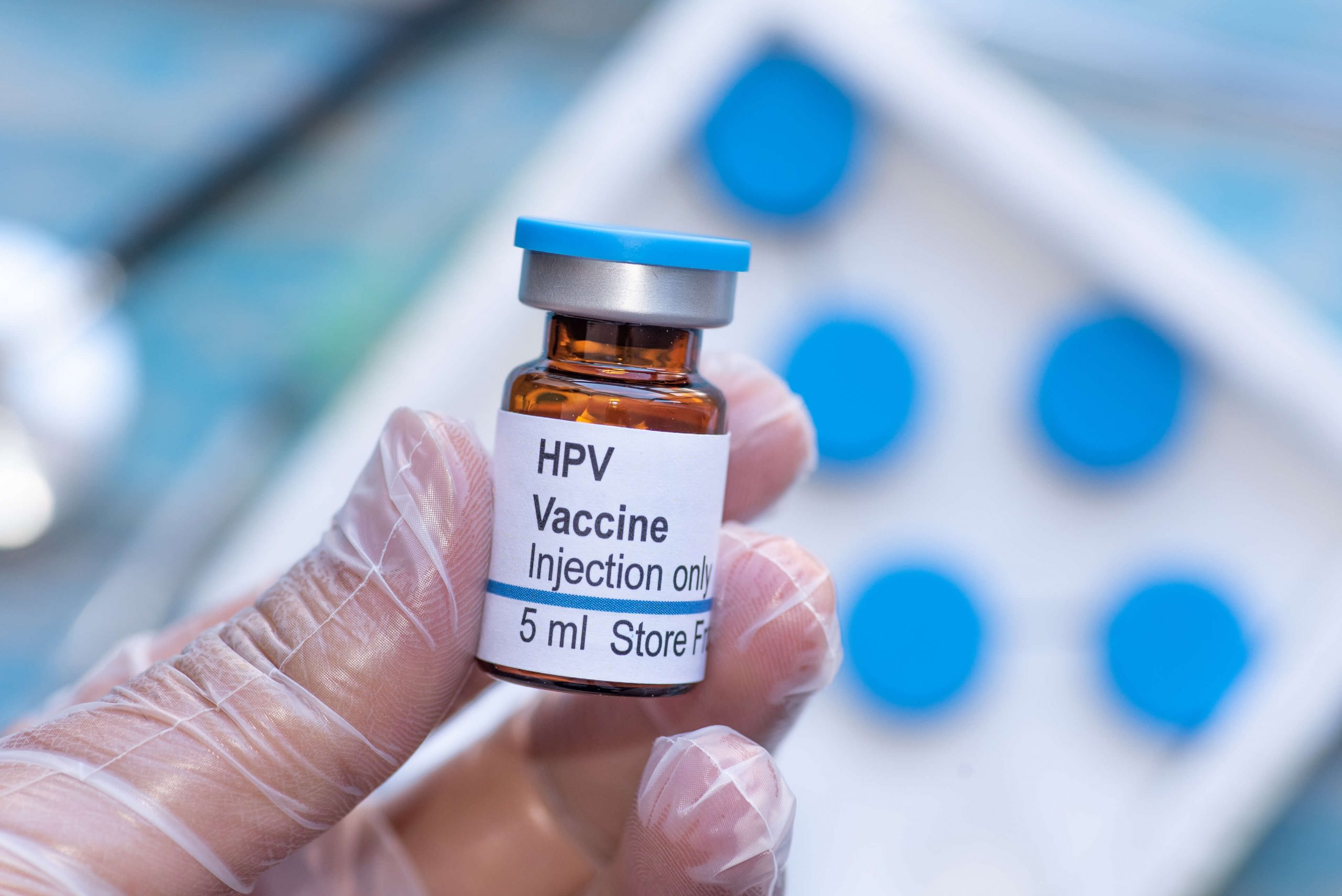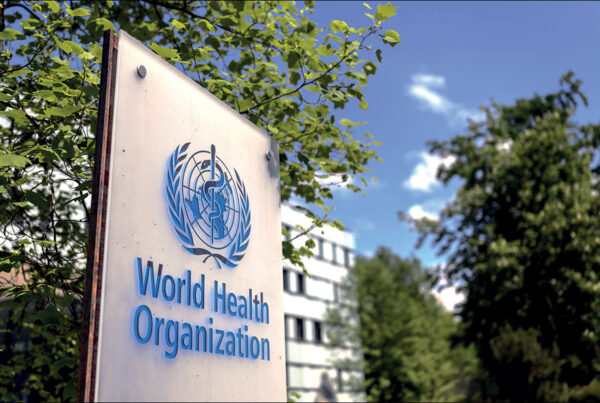In the vast landscape of medical advancements over the past few decades, few have had as profound an impact on public health as the human papillomavirus ( HPV ) vaccine. Described by many in the medical community as a revolutionary intervention, the HPV vaccine has not only curbed the spread of one of the most common sexually transmitted infections globally but has also paved the way for the prevention of several types of cancer.
Understanding HPV and Its Risks
HPV is a group of more than 200 related viruses, with at least 14 of them considered high-risk for causing cancer. The virus is extremely common—nearly all sexually active individuals will contract at least one type of HPV at some point in their lives. While many infections resolve on their own, persistent infection with high-risk HPV types can lead to various cancers, most notably cervical cancer, but also anal, penile, throat, vulvar, and vaginal cancers.
Cervical cancer, in particular, has long been a global public health challenge. According to the World Health Organization (WHO), it is the fourth most common cancer among women worldwide, with an estimated 600,000 new cases and over 340,000 deaths each year. The burden is especially severe in low- and middle-income countries, where access to screening and treatment is limited.
A Scientific Breakthrough
The revolutionary potential of the HPV vaccine lies in its preventive power. Approved for use in 2006, the vaccine targets the high-risk strains of HPV that are responsible for the majority of HPV-related cancers. Gardasil and Cervarix were among the first vaccines developed, with subsequent versions like Gardasil 9 offering broader protection against more HPV types.
What makes the HPV vaccine a true game-changer is its ability to prevent the initial infection that can lead to cancer years or even decades later. Unlike most vaccines that are designed to fight diseases after they emerge, the HPV vaccine acts as a proactive barrier, cutting off the chain of viral transmission before it leads to malignancy.
Real-World Impact
Since its introduction, the HPV vaccine has demonstrated remarkable effectiveness in reducing HPV infections and related diseases. Studies from countries with robust vaccination programs, such as Australia, Sweden, and the United Kingdom, have reported dramatic declines in HPV prevalence, genital warts, and cervical pre-cancers.
Australia, in particular, is on track to become the first country in the world to virtually eliminate cervical cancer as a public health issue within the next two decades, thanks to its high vaccine uptake and screening coverage. According to Australian health authorities, rates of cervical pre-cancer lesions have dropped by over 50% in vaccinated populations.
In the United States, HPV infections among teen girls have dropped by 86% since the vaccine was introduced. Moreover, early evidence suggests reductions in HPV-related head and neck cancers, which are more common in men and have historically been difficult to screen for.
Overcoming Barriers
Despite its proven benefits, the HPV vaccine has faced hurdles. Misinformation, cultural stigma around discussing sexually transmitted infections, and concerns about vaccine safety have slowed uptake in some regions. In certain countries, vaccine hesitancy and political opposition have even led to the suspension of school-based vaccination programs, reversing years of progress.
However, extensive research has consistently shown that the HPV vaccine is safe and effective. The most common side effects are mild, such as pain at the injection site or a low-grade fever. No credible evidence links the vaccine to serious health issues, and public health agencies around the world, including the WHO and CDC, strongly endorse it.
A Path Toward Cancer Elimination
What sets the HPV vaccine apart in the history of immunization is its potential to eliminate a form of cancer—a feat never before achieved by any vaccine. It represents a rare opportunity in medicine: to prevent a deadly disease not through early detection or aggressive treatment, but by ensuring it never takes root in the first place.
The WHO has launched a global strategy to eliminate cervical cancer as a public health problem, with vaccination playing a central role. The target is ambitious: 90% of girls fully vaccinated with the HPV vaccine by age 15, 70% of women screened by age 35 and again by 45, and 90% of women with cervical disease receiving treatment.
The HPV vaccine is more than a medical innovation—it is a revolution in preventive healthcare. Its ability to halt the development of multiple cancers, protect future generations, and transform global health outcomes underscores its importance. As the world moves toward equitable access and education, the promise of a cancer-free future through vaccination no longer seems like a distant dream—it is a reality within reach.




